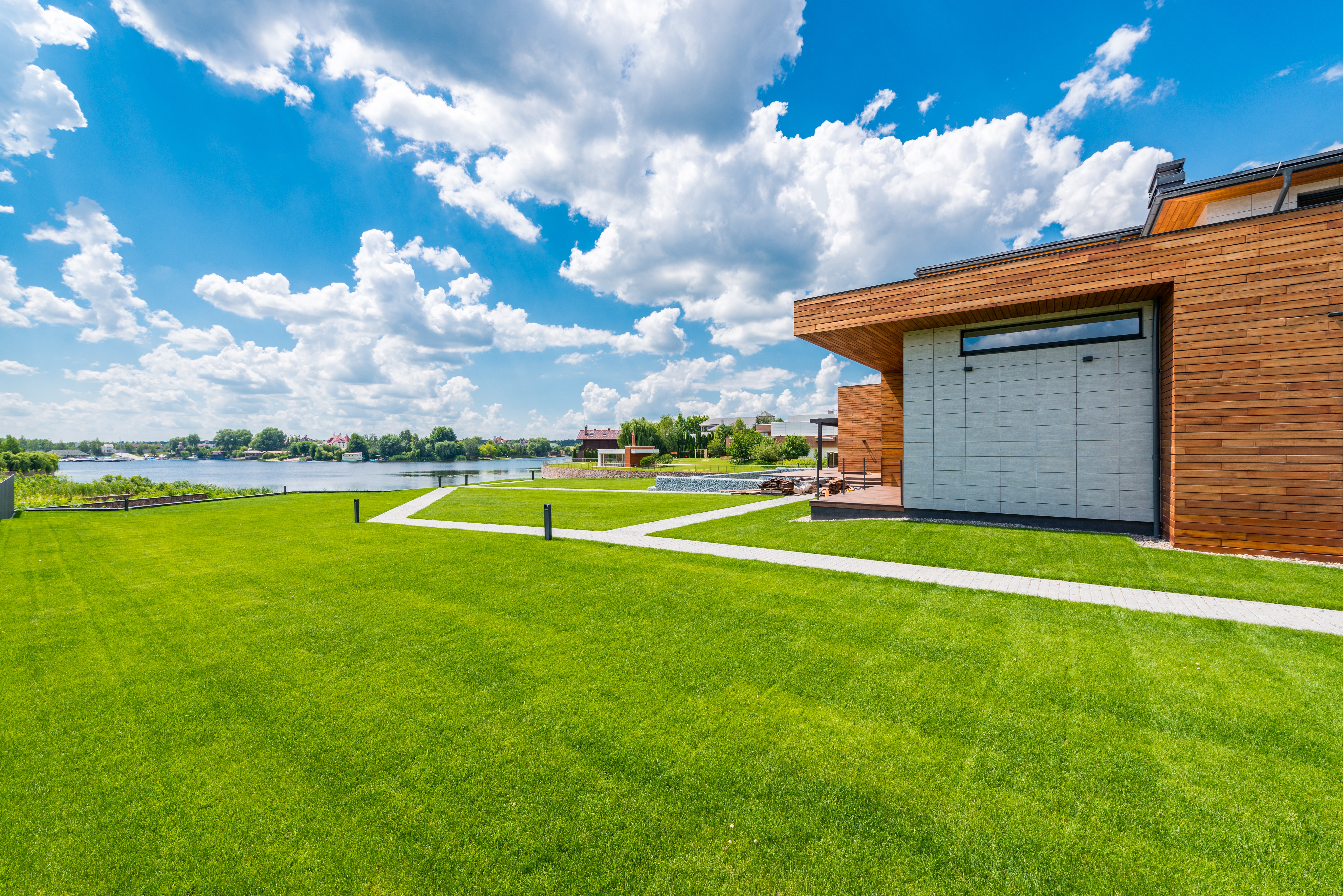Written By Souki Fournier | March 16, 2022 | 4 minute read

No one expects to have their home damaged by a wildfire, but it can happen unexpectedly, and when it does, it’s devastating. Even with homeowner’s insurance, nothing can prepare you for the aftermath of a fire. The level of destruction can vary, but one thing is for sure, there are steps you have to take to ensure you handle it effectively.
If a wildfire has compromised the safety and structure of your home, keep reading. We’re sharing a 24 point essential checklist for dealing with fire damage.
Whether it was a small area or multiple affected rooms, wildfire damage is extensive. Even if it’s not visible, problems can still exist from smoke. There may also be water damage from putting the fire out. Also, when firefighters put out the fire, there’s a chance that windows were broken or holes will get cut in the walls or roofs to prevent it from spreading.
These factors can lead to severe damage in different parts of your home, including the heating and cooling systems, electricity, and structure. But the potential physical damage to your property isn’t the only thing to consider. After the fire is out, your home may not be safe to occupy because of the soot and water that contain harmful chemicals and materials.
If you plan on returning to your home to make repairs or retrieve personal items, make sure you stay cautious and clean things thoroughly.
Dealing with wildfire damage to your house is no small task. Not only does it impact your living situation and safety, but it will also cause an upheaval in your finances. It’s a stressful time, but you can take some of the pressure off by taking the right actions.
Here are 24 crucial steps to take when dealing with the aftermath of a wildfire.
1. Concentrate on yourself and your family first. Your top priority should be finding a safe place to stay. Your local disaster relief service can help with this.
2. If you have pets, make sure they’re uninjured and safe. Unexpected situations like this cause them stress too, so they’ll need your comfort.
3. Contact your insurance provider to inform them of the situation and file a claim. They’ll share advice on moving forward and provide cleaning and repair estimates.
4. Save your receipts for any repairs or costs that arose from being displaced. You may need them later for your insurance claim.
5. Notify your mortgage lender of the situation.
6. Contact your credit card company if any of your cards were destroyed.
7. Confirm with your local fire department that entering your home is safe before returning.
8. Avoid any fallen or damaged electrical poles, lines, and down wires.
9. Verify whether you can use your utilities, which your fire department can confirm.
10. Assess the health and stability of any surrounding trees.
11. Watch out for ash pits, which can contain hot ashes.
12. Use a flashlight to navigate the home if the electricity is out.
13. Spray personal belongings and furniture with a fine mist of water before going through your items.
14. Watch out for potential safety hazards like broken glass, nails, or unstable floors and walls.
15. Wear protective goggles or glasses to prevent dust from contacting your eyes.
16. Use a 2-strap dust particulate mask or cover your nose and mouth with a damp cloth.
17. Wear long-sleeve shirts and long pants to protect your skin.
18. Wear heavy-duty rubber gloves for removing objects and debris.
19. Wear durable boots with thick soles.
20. Work with a restoration contractor to assess the damage and ensure the home is safe and eligible for repairs.
21. Seal and secure any broken windows, doors, or holes in the walls or roof. This will prevent vandalism and keep wildlife out.
22. Get your electrical system inspected. You may need a new breaker box and wiring.
23. Repair architectural damages first to guarantee your home is structurally sound.
24. Take care of any fire-specific problems like smoke stains, soot damage, mold growth, and contaminated air ducts for safety.
Once you’ve crossed all of these points off your checklist, you may find that repairing your home isn’t feasible. Fixing fire damage is costly and time-consuming. There’s also a possibility that it’s just not safe to live in the house because the damage is so severe.
If that’s the case, what can you do?
Sell your property to Simply. We buy houses as-is for cash, which means you can avoid all the expenses associated with repairs and start rebuilding your life sooner.
Get started now and request your offer.
